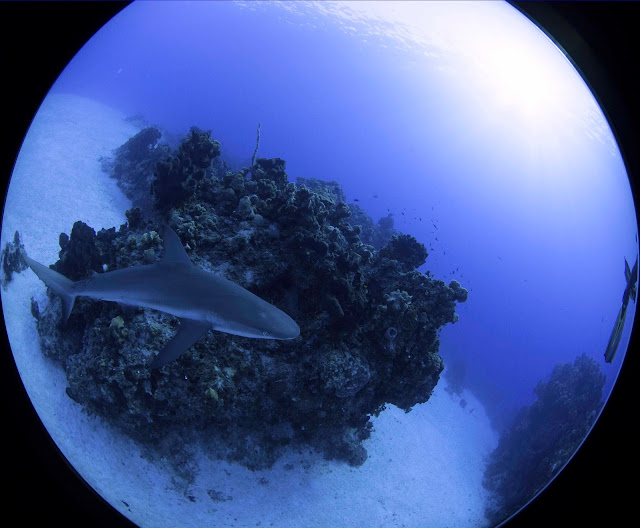The Deep Ocean has no Borders

Journey with Diva Amon, a deep-sea biologist who has explored the deep ocean in Antarctica, the Atlantic and the Pacific. She has experience in chemosynthetic habitats and anthropogenic impacts on the deep sea. You can find out more via her Twitter (https://twitter.com/DivaAmon) and her website (https://divaamon.com/). We now know that the seas around Trinidad and Tobago boast unique and ecologically important deep-sea methane seeps. It is useful that we have taken the first steps to answer the most basic of questions about the Caribbean deep ocean, “What lives there?” But what about even more complex questions such as “How do species find and colonize these relatively small and patchy chemosynthetic habitats in the huge expanse of the deep ocean?” To get between islands, birds can fly, reptiles can raft over on flotsam, and many shallow water marine animals (fish, marine mammals, turtles, etc.) can swim the long distances, but what about deep-sea animals like the Bathym...



